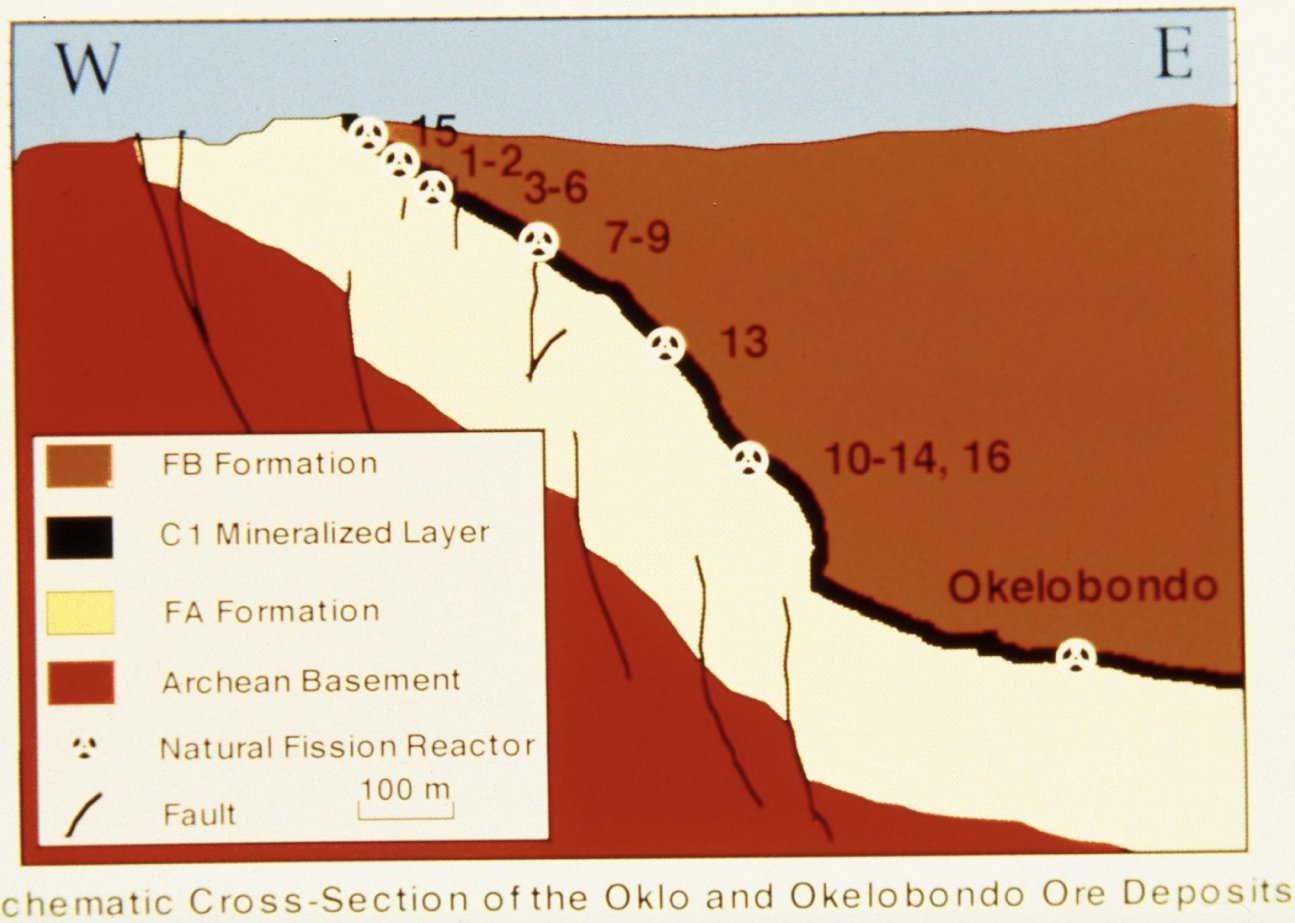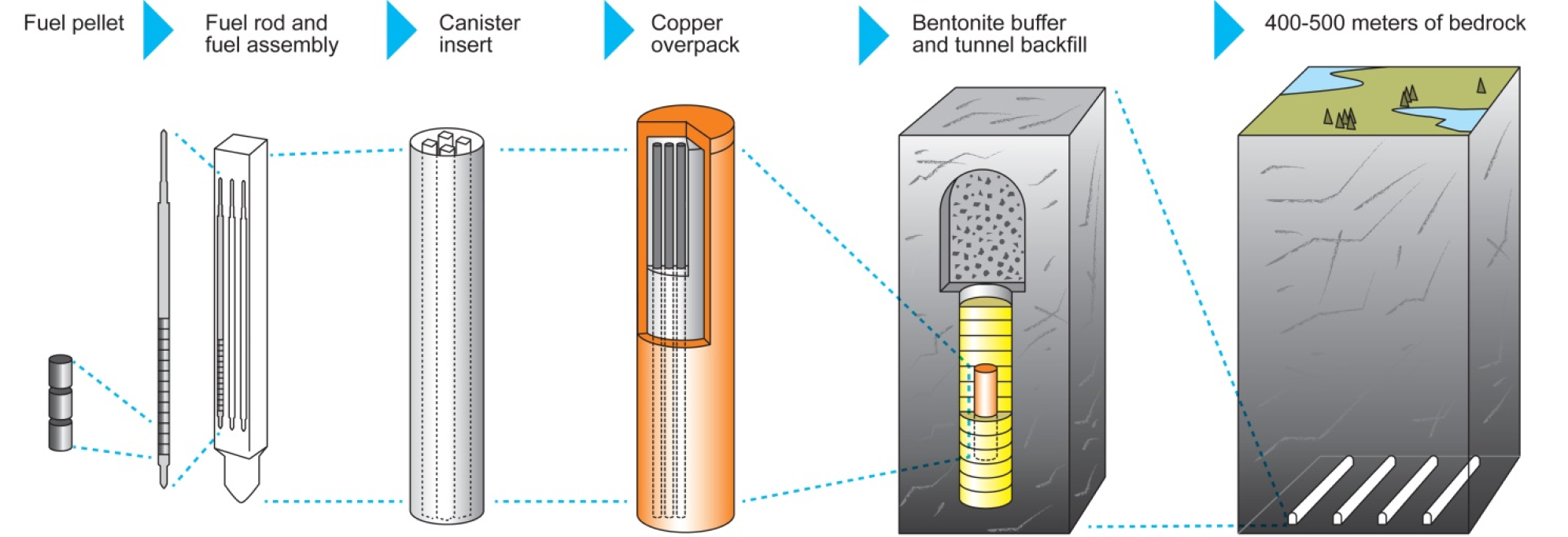Naturally occurring nuclear reactors were a thing in Gabon, Africa.
A long, long time ago, there was once a sugar-free, fat-free, carbon-free, all natural nuclear reactor. Oklo, not to be confused with the dope nuclear energy startup, is a region in Gabon, Africa where several natural nuclear reactors were discovered in uranium mines.

Let’s pause to process how crazy that is.
How was Oklo discovered?
This nuclear phenomenon was discovered in 1972 by French scientists studying the Oklo region. They noticed that the concentration of uranium was much lower than expected and eventually discovered the reason for that is the uranium had already undergone nuclear fission!

How does nuclear fission just happen?
Uranium mines obviously have uranium atoms. The rock at the bottom of these mines didn’t let water pass through, so whenever it rained, water pooled around the uranium. Just like in modern reactors, uranium atoms started splitting, and the water allowed a chain reaction to happen. That created heat, which evaporated the water, which stopped the reaction until it rained again.

This cycle continued for hundreds of thousands of years.
And…I can already hear the concerns about safety.
Despite the fact that Oklo was not controlled and didn’t have any safety measures in place, it actually didn’t pose any threat to the surrounding environment or to human health.
Ok, so what does it tell us about nuclear energy?
Besides being one of the coolest things on planet earth, Oklo also tells us what happens to nuclear waste.
News flash, it kinda just stays there.
In 2 billion years, this waste only moved a couple of centimeters, so scientists know that if you put nuclear waste very deep down in certain types of rocks, it won’t come to the surface or contaminate water. It will just sit there getting less and less radioactive as time goes by.

Pretty rad right?!
Check out my video to learn more about this nuclear phenomenon.